Identifying the problem: Why is your office chair sinking?
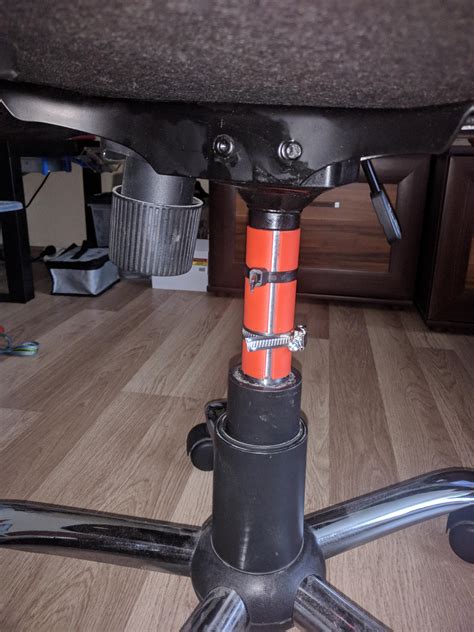
An office chair is an important piece of furniture that we use for long hours. However, there are times when we find ourselves sitting lower than usual. This problem is usually caused by a sinking office chair that can greatly affect our productivity. Identifying the issue is the first step in finding a solution that will prevent you from continuously sinking into an uncomfortable position.
The most common reason for a sinking office chair is the gas cylinder, which is responsible for regulating the height of the chair. The gas cylinder is usually made of steel and is filled with a gas that is compressed under high pressure. This pressure allows the cylinder to work as a shock absorber, allowing us to adjust the height of the chair.
However, over time, the gas inside the cylinder can leak out, causing the cylinder to lose its ability to support our weight. This can lead to the chair sinking slowly or quickly. If you notice that your chair is sinking abruptly and hitting the base of the chair, it might be a sign that the cylinder has completely failed.
Another reason for a sinking office chair is a damaged or worn-out Mechanical Lift. This lift is responsible for controlling the height of the chair and preventing it from sinking. Sometimes, the mechanism can wear out and loosen, leading to the chair’s collapse.
The problem can also be caused by a cracked or broken wheelbase. This situation is especially true for chairs that have been in use for a long time. Wheels can become damaged and crack over time, leading to a reduction in the chair’s support, causing it to sink.
Lastly, a loose screw or worn-out tension spring can cause the office chair to suddenly sink. Usually, tension springs keep the chair in place and prevent the chair from sinking too low or rising too high. If the springs merely lose their elasticity, it can cause the chair to sink unsteadily or rise abruptly.
Identifying the problem is only half the solution. Once you recognize why your office chair is sinking, you can move to the next step of fixing it.
Basic troubleshooting: Checking the gas lift cylinder
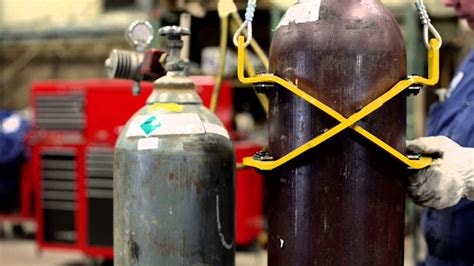
If your office chair is sinking, one of the possible culprits is a malfunctioning gas lift cylinder. This component is responsible for adjusting the height of your chair, so if it fails, you may find yourself lower and lower to the ground. Fortunately, checking the gas lift cylinder is a simple process that you can do on your own. Here’s how to do it:
1. Flip the chair over
The first step is to turn your chair upside down so that the wheels are in the air. Make sure that you place the chair on a soft surface such as a carpet or a towel to prevent any scratches on the wheels or the base. Be careful when handling the chair, as it can be heavy and cumbersome.
2. Inspect the gas lift cylinder
Once your chair is flipped over, you’ll be able to see the gas lift cylinder. This component connects the seat to the base of your chair and uses compressed air to adjust the height. Check the cylinder for any signs of damage such as cracks, leaks, or bends. If you notice any of these issues, you’ll need to replace the cylinder. You can order a replacement part online or purchase it from a local hardware store.
3. Wipe the cylinder
If there’s no visible damage to the cylinder, wipe it clean with a dry cloth. Sometimes, dirt and dust can accumulate on the cylinder, causing it to malfunction. Use a soft, dry cloth to wipe away any debris. Avoid using water or cleaning products, as they can damage the cylinder.
4. Test the cylinder
Once you’ve inspected and cleaned the cylinder, it’s time to test it. Press the lever or button that adjusts the height of your chair and see if the cylinder holds it in place. If the chair immediately sinks to the lowest height, even if you’re not sitting on it, then there may be a problem with the cylinder, and you should replace it. However, if it holds your weight as it should, then the cylinder is functional, and you can flip the chair back over and adjust it to your desired height.
By following these steps and checking the gas lift cylinder, you can ensure that your office chair is in good working order and won’t keep sinking unexpectedly. However, if you’re still experiencing issues, then it may be best to take your chair to a professional technician, who can diagnose and fix the problem.
Fixing the cylinder: Replacing or repairing the gas lift
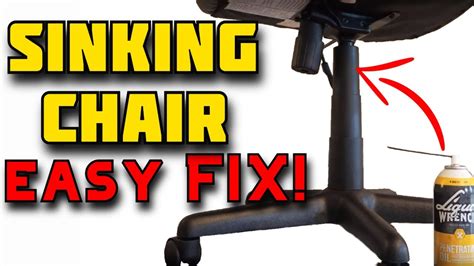
If your office chair is sinking, the gas lift cylinder might be the culprit. The gas lift cylinder is the part of the chair that controls the height adjustment feature. Over time, the gas lift can develop issues that cause the chair to sink or lock in place. Luckily, the gas lift can be repaired or replaced relatively easily.
Contents
Replacing the gas lift
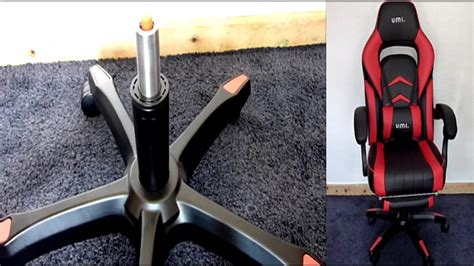
Replacing the gas lift cylinder involves removing the old cylinder from the chair and installing a new one. Here’s how to do it:
- Locate the snap ring that holds the cylinder in place. This ring is usually located underneath the seat.
- Using a pair of snap ring pliers, remove the ring and slide the cylinder out of the chair.
- Measure the length of the old cylinder and purchase a replacement cylinder that matches that length.
- Slide the new cylinder into place and secure it with the snap ring.
Replacing the gas lift cylinder is a relatively straightforward process that can be completed in a matter of minutes. You can purchase replacement gas lift cylinders online or at a local office supply store.
Repairing the gas lift
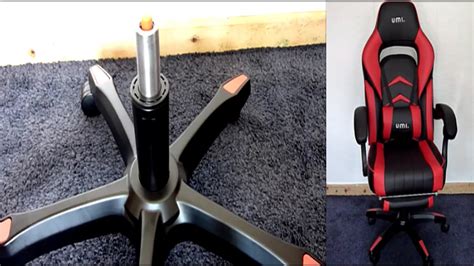
If you don’t want to replace the gas lift cylinder, you can try to repair it instead. Here’s how:
- Remove the cylinder from the chair using the above steps.
- Locate the retaining clip at the top of the cylinder and remove it.
- Carefully remove the piston from the cylinder. Be sure to keep track of all the parts as you take it apart so you can put it back together correctly.
- Inspect the piston and the cylinder for any damage or debris. Clean them if necessary.
- Reassemble the parts and reinsert them into the chair.
Repairing the gas lift cylinder can be a bit more challenging than replacing it, but it can save you money if you’re willing to put in the effort. If you’re not comfortable working with mechanical parts or taking apart your chair, it’s best to consult a professional.
Conclusion
A sinking office chair can be frustrating and uncomfortable, but it’s a problem that can be fixed. Whether you choose to replace or repair your gas lift cylinder, it’s a relatively straightforward process that can be completed with minimal tools. With a little effort, your office chair can be restored to its former glory.
Alternative solutions: Using a chair riser or adding a seat cushion
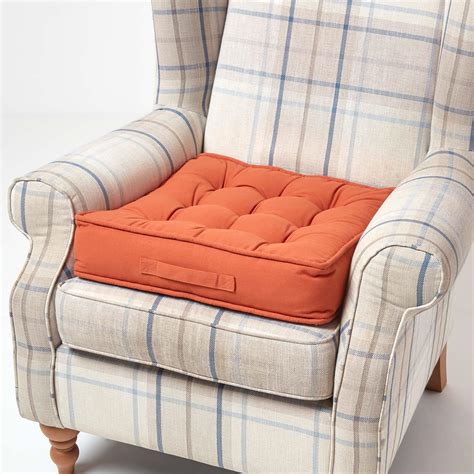
If you are tired of trying to fix your sinking office chair or don’t want to spend too much money buying a new one, you can try using a chair riser or adding a seat cushion to bring your chair back to life. In this article, we will discuss different solutions you can try to fix your office chair and make it comfortable to sit on again.
Using a chair riser

A chair riser is a simple device that can be attached to the bottom of your chair to increase its height and stability. Chair risers come in different shapes and sizes, and you should choose one that matches the design of your chair and has a weight capacity that can support your weight.
To install a chair riser, you will need to turn your chair upside down, remove the wheels or glides from the legs, place the chair riser on the end of the leg, and secure it with a screw or bolt provided in the package. Repeat the process for all four legs of the chair, and your chair will stand straight and tall. Chair risers are a great solution for people who are taller or have a higher desk than usual because it allows them to adjust their chair height to their preference.
Adding a seat cushion
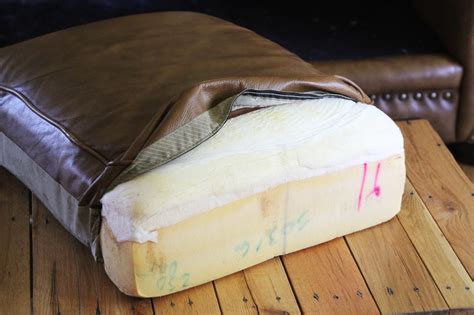
If you don’t want to purchase a chair riser or need something to immediately fix your sinking office chair’s comfort, you can try adding a seat cushion. Seat cushions are designed to provide extra padding and support to your chair, making it more comfortable to sit on for long hours.
Seat cushions come in different materials, shapes, sizes, and thicknesses, and you should choose one that suits your body type and preference. There are a variety of seat cushions ranging from basic seat cushions that provide minimal padding to complex cushions that have ergonomic features like lumbar support, gel-infused cushions, or heating and cooling properties.
To install a seat cushion, simply place it on top of your chair’s seat pan or remove your chair’s seat cushion and replace it with the new one. If you choose to use a cushion that has straps or ties, you can secure it to your chair’s backrest or sides to prevent it from slipping and sliding as you move on your chair.
Conclusion
Whether you choose to use a chair riser or add a seat cushion, both alternative solutions can help fix your sinking office chair and make it comfortable to sit on again. Chair risers and seat cushions are affordable and easy to install, making them a practical choice for solving the common problem of sinking office chairs.
If your office chair still persists in sinking after these alternatives, it may be time to consider getting a new chair. A sinking chair can be an indicator of multiple internal problems in the chair’s foundation, such as broken parts, damaged hydraulics, or loose screws. Investing in a new chair can alleviate the daily discomfort you experience and provide the comfort and support you need for all-day sitting.
Preventing future sinking: Maintenance tips for office chairs

After fixing your sinking office chair, it’s essential to ensure that it doesn’t happen again. The best way to do that is by taking proper care of your chair and carrying out regular maintenance. Here are some maintenance tips to prevent your office chair from sinking:
1. Regular cleaning

Office chairs are prone to dust and dirt accumulation, especially if they are regularly used. Leaving dirt on your chair can cause it to break or interfere with the hydraulic system, causing your chair to sink. Be sure to clean your chair regularly using mild detergent and warm water.
It’s also essential to use cleaning equipment such as a brush, microfiber cloth, and vacuum cleaner to clean your chair. Avoid using harsh chemicals as they can interfere with your chair’s materials or cause discoloration.
2. Lubrication
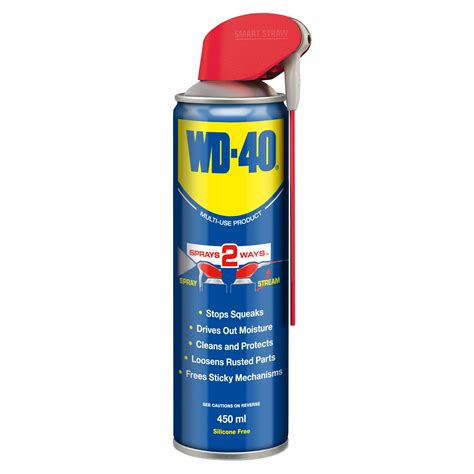
Regularly lubricating your office chair’s moving parts helps keep it in top working order. The hydraulic cylinder and wheels that allow movement need regular lubrication to function optimally. Using a silicone-based lubricant is ideal, as it doesn’t attract dust or dirt.
You can lubricate the movable parts once every three months to improve the chair’s resistance to wear and tear, allowing it to function correctly for an extended period.
3. Adjusting your chair correctly
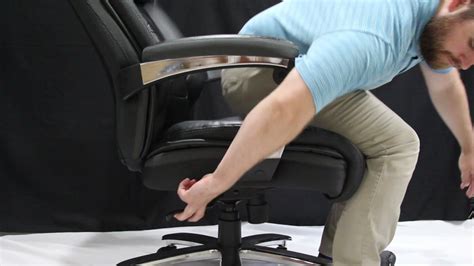
Avoid leaning too far forward or backward, as this can interfere with your chair’s hydraulic system, causing it to break or malfunction. The chair should be as level as possible, so it’s essential to level it out when necessary.
You can also adjust the chair’s height, armrests, and backrest to suit your comfort level. Make sure you adjust the chair correctly and lock it into place to prevent unnecessary wear and tear.
4. Weight limit

Avoid exceeding the weight limit of your office chair. Overloading your chair puts a strain on its hydraulic system, causing it to break or sink. Always check the weight limit of your chair and ensure you don’t exceed it.
If you need an office chair that can accommodate a heavier capacity, consider buying a chair that’s specially designed to hold extra weight. It’s much better than overloading your chair and causing damage that could have been prevented.
5. Storage

After using your office chair for the day, it’s crucial to store it correctly to prevent damage. When not in use, ensure you store your chair in an upright position and avoid leaving it in excessive heat or cold.
Exposure to harsh weather elements can affect your chair’s hydraulic system and reduce its lifespan. Consider investing in a chair cover or, better yet, move it to a suitable storage space to maintain its overall condition.
In conclusion, taking proper care of your office chair is a must if you don’t want to keep fixing it. Simple maintenance tips like regular cleaning, lubrication, adjusting your chair correctly, avoiding overloading it, and correct storage can go a long way in ensuring your chair lasts for years, with no issues whatsoever.
